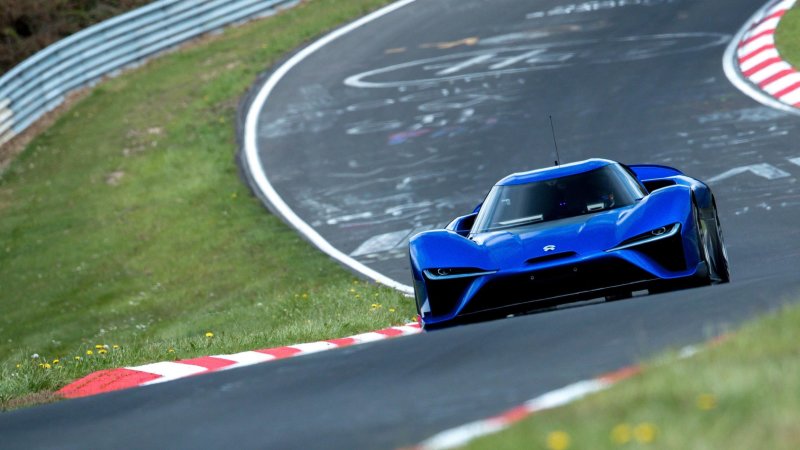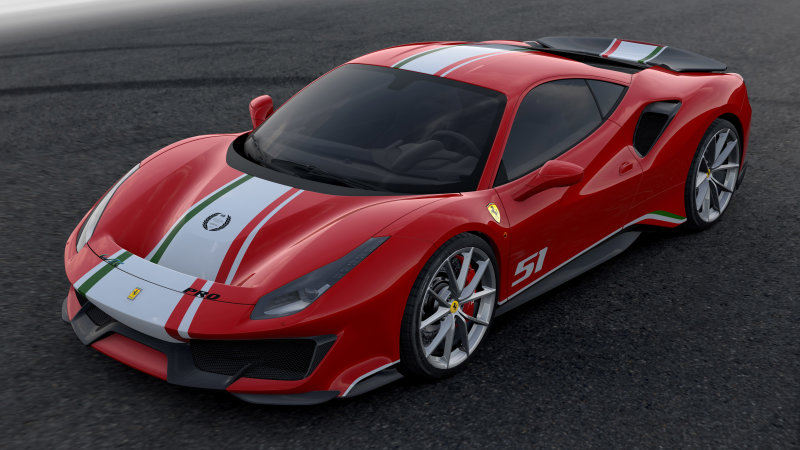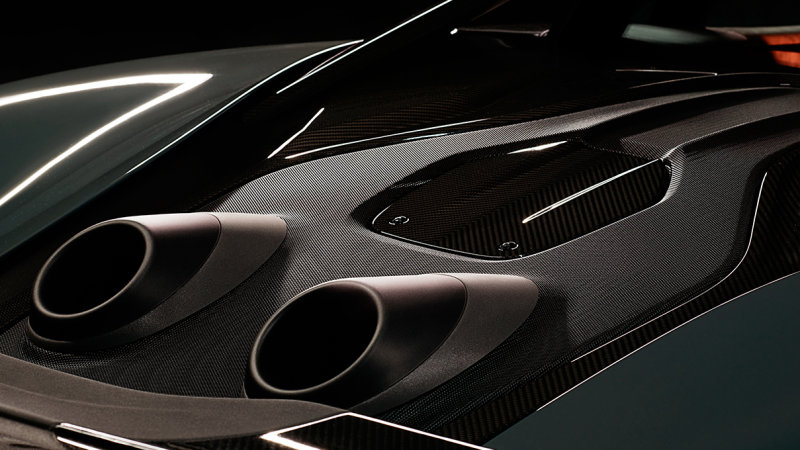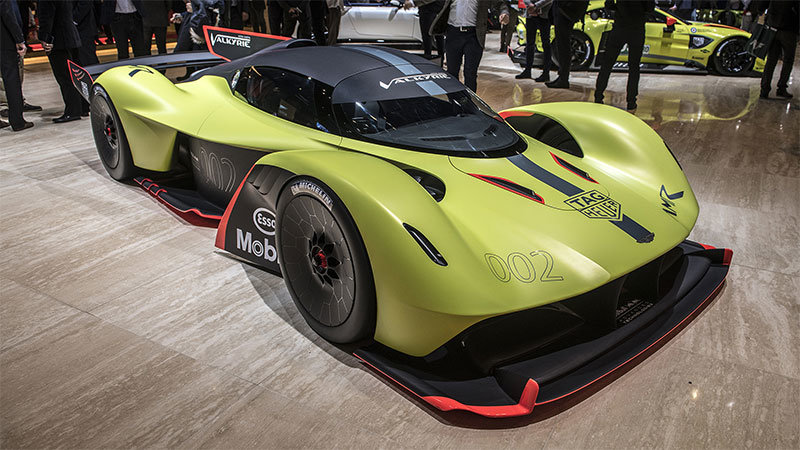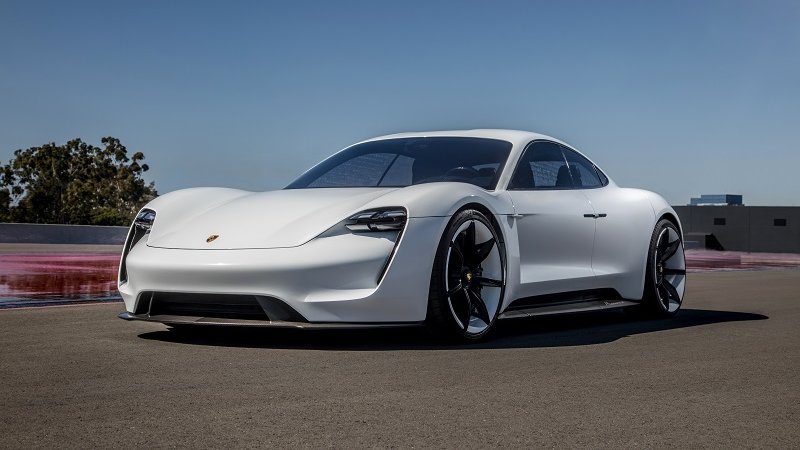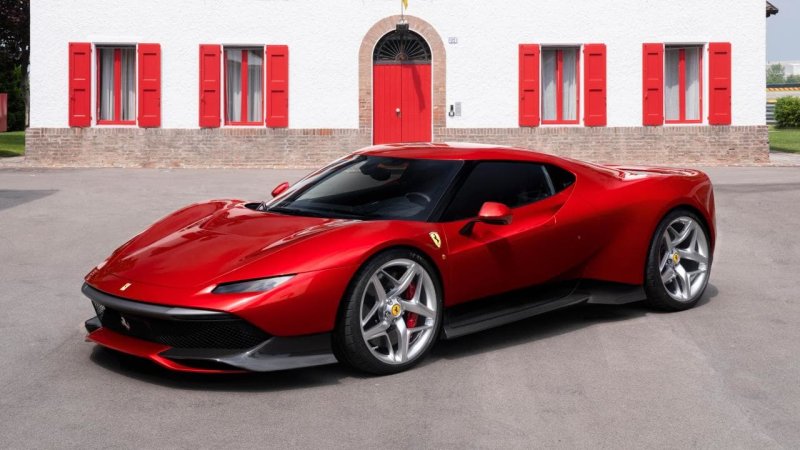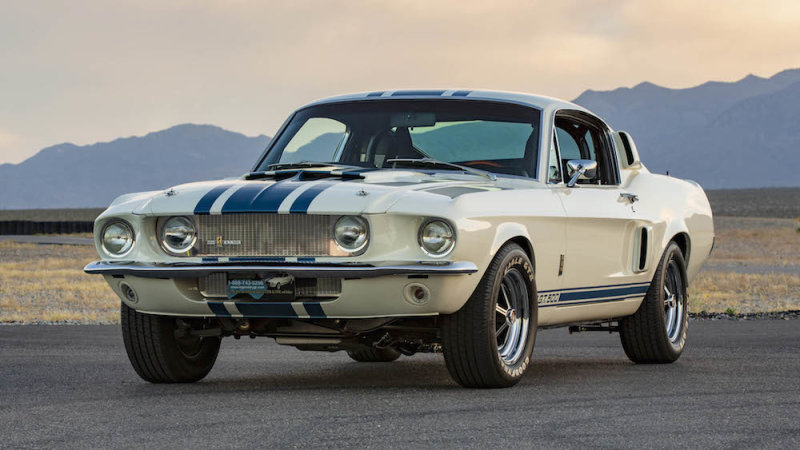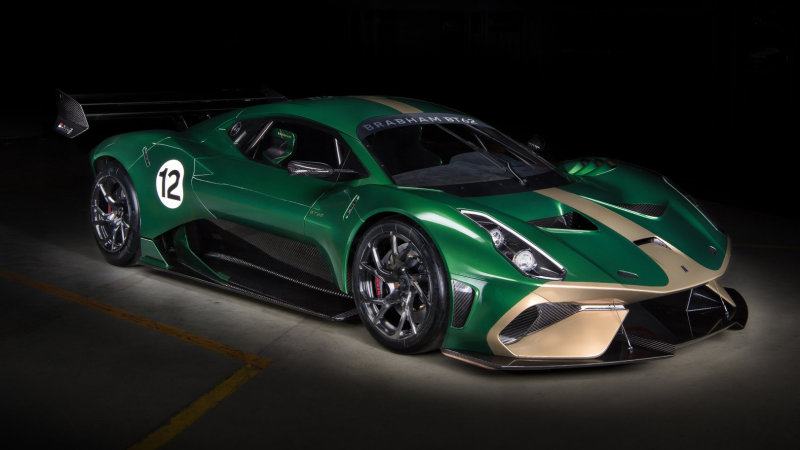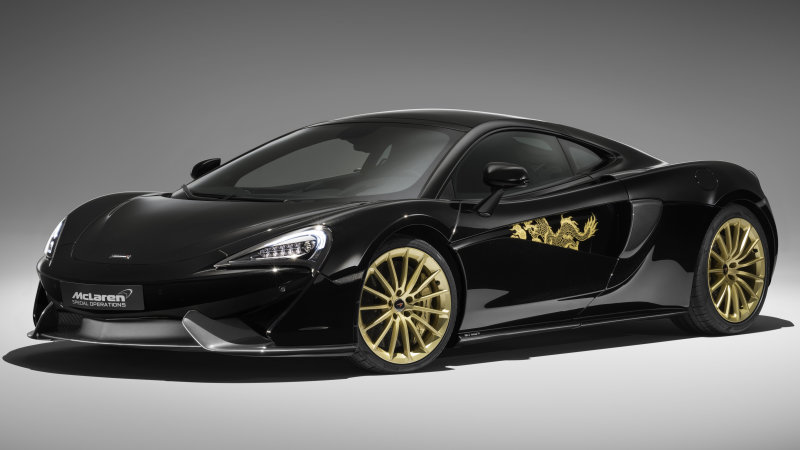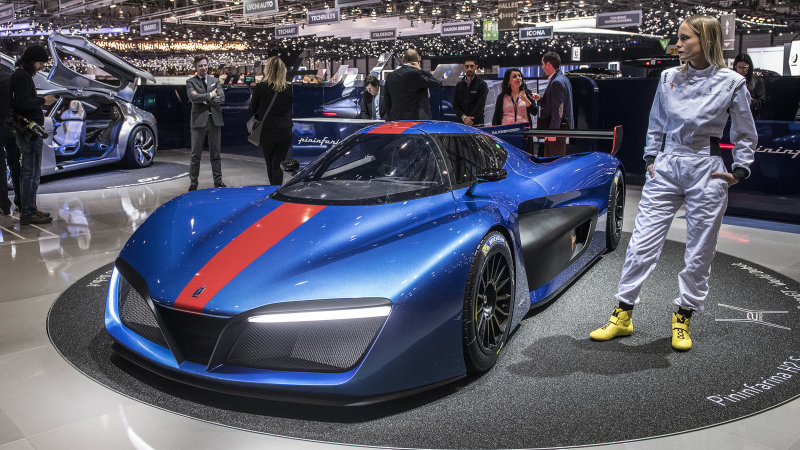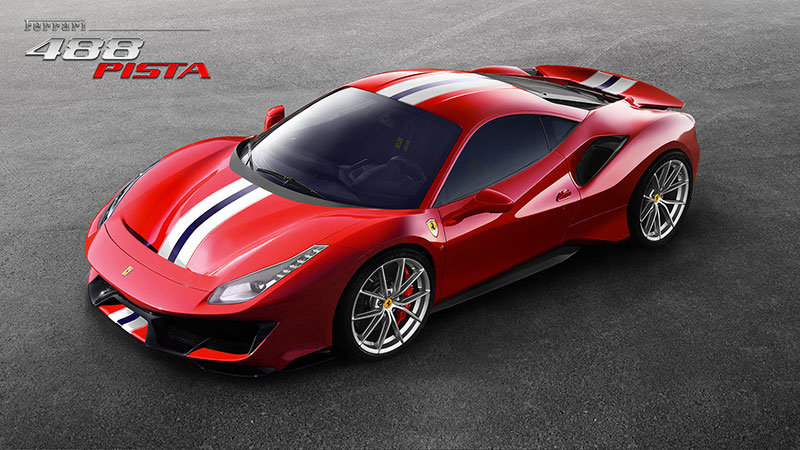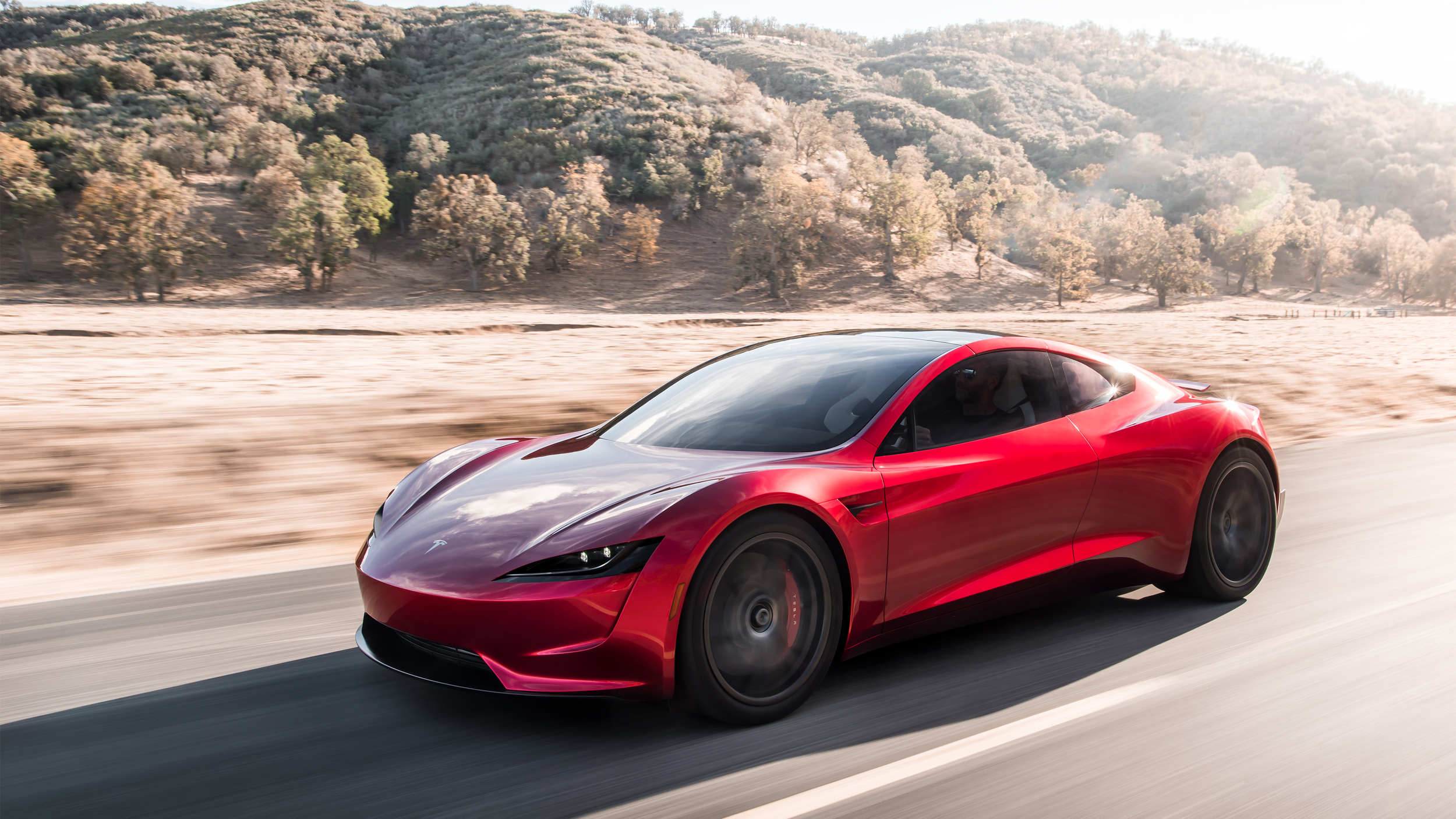Shelby American is reviving the legendary 1967
Ford Shelby GT500 Super Snake, planning an exclusive run of just 10 examples of the fastback and culminating what it calls the “unfinished business” of the muscle car’s parents,
Carroll Shelby and Don McCain. Shelby also unveiled a new ultra-lightweight Series 2 roadster
supercar at an event at its Southern California headquarters that boasts eye-popping output of more than 800 horsepower.
But let’s focus first on the Super Snake and its backstory.
The Super Snake and its big-block 427 cubic-inch V8 borrowed from the Ford GT40 Mk II race car originated in 1967 as an engineering study for high-speed tire testing by Goodyear. The modified engine raised output to 520 horsepower, and Shelby added heavy-duty front disc brakes, a Detroit Locker rear end, rear traction bars, Goodyear Thunderbolt tires and a redesigned grille for improved air cooling.
McCain, a former Shelby American employee, reportedly wanted to do a 50-car run of the muscle car, but the idea was ultimately scrapped as being too expensive. In more recent years, McCain worked with the Shelby engine division and pushed again to rebirth the Super Snake, signing 10 dash plates for the cars along with Carroll Shelby. McCain passed away a few years ago.
Shelby helmed the Super Snake at Goodyear’s test track in San Angelo, Texas, and pushed the car to 170 miles per hour. It later set a new top speed world record for its class.
But until now, a second example was never built, and the lone Super Snake prototype changed hands several times, selling at auction most recently in 2013 in Indianapolis for $1.3 million.
The new continuation versions will be built from original donor ’67 Mustangs with factory VINs and original titles and a Shelby serial number for the official Shelby registry. The cars will be stripped to bare metal before undergoing transformation. Customers can also opt for an original donor Shelby GT500 for the Super Snake transformation.
True to the original, Shelby will fit it with a race-inspired big-block 427 cubic-inch V8 from Carroll Shelby Engine Co., available in both aluminum and cast-iron blocks, only output shoots up to more than 550 horsepower. Power will be mated to a four-speed transmission, with disc brakes and the fastback’s original triple-stripe design. The muscle cars will be built to order and start at $249,995.
Series 2 roadster
Turning to the Series 2, Shelby dubs the convertible roadster a “clean sheet” car — all-Shelby and not based on an existing model or chassis — and successor to the 2,850-pound Series 1. It’s the result of an agreement between Shelby and Wingard Motorsports, which purchased the remaining Series 1 chassis and parts several years ago, to create a limited number of sports cars available in aluminum, carbon fiber or one of the first titanium car bodies.
“Working with Shelby, founder Bob Wingard revised the car to reduce weight by maximizing the integration of billeted aluminum and carbon fiber components,” Shelby American President Gary Patterson said in a release. “He further refined the suspension, braking and drivetrain to allow an increase of more than twice the horsepower of the original car. The Series 2 is now more than 12 percent lighter and will support over 800 horsepower.”
Yowza. The standard drivetrain is a five-speed ZF transaxle torque tube coupled to a multi-disc clutch system powered by either a Shelby 427 FE V8 or 427 Windsor motor, although other engines can be accommodated.
The car is built on the original aluminum honeycomb monocoque frames and uses an inboard cantilevered front and rear suspension design to minimize the sprung wheel weight, plus suspension fine-tuning courtesy of Penske Shocks. Braking comes from six-piston calipers on each corner and custom 19-inch monoblock performance wheels fitted with Michelin Pilot Cup 2 tires. No cupholders, however.
Each commissioned Series 2 will be unique and one-of-one, with custom interiors, carbon fiber seats and aluminum bodies available in brushed, polished or painted finish with Shelby racing stripes. They’ll come with a one-year warranty for parts and labor and painted finishes. Just four will be available per year, though pricing wasn’t disclosed. If you order one, Shelby says it will offer a weekend training session at Spring Mountain Raceway near Las Vegas to bring you up to speed.
Related Video:

